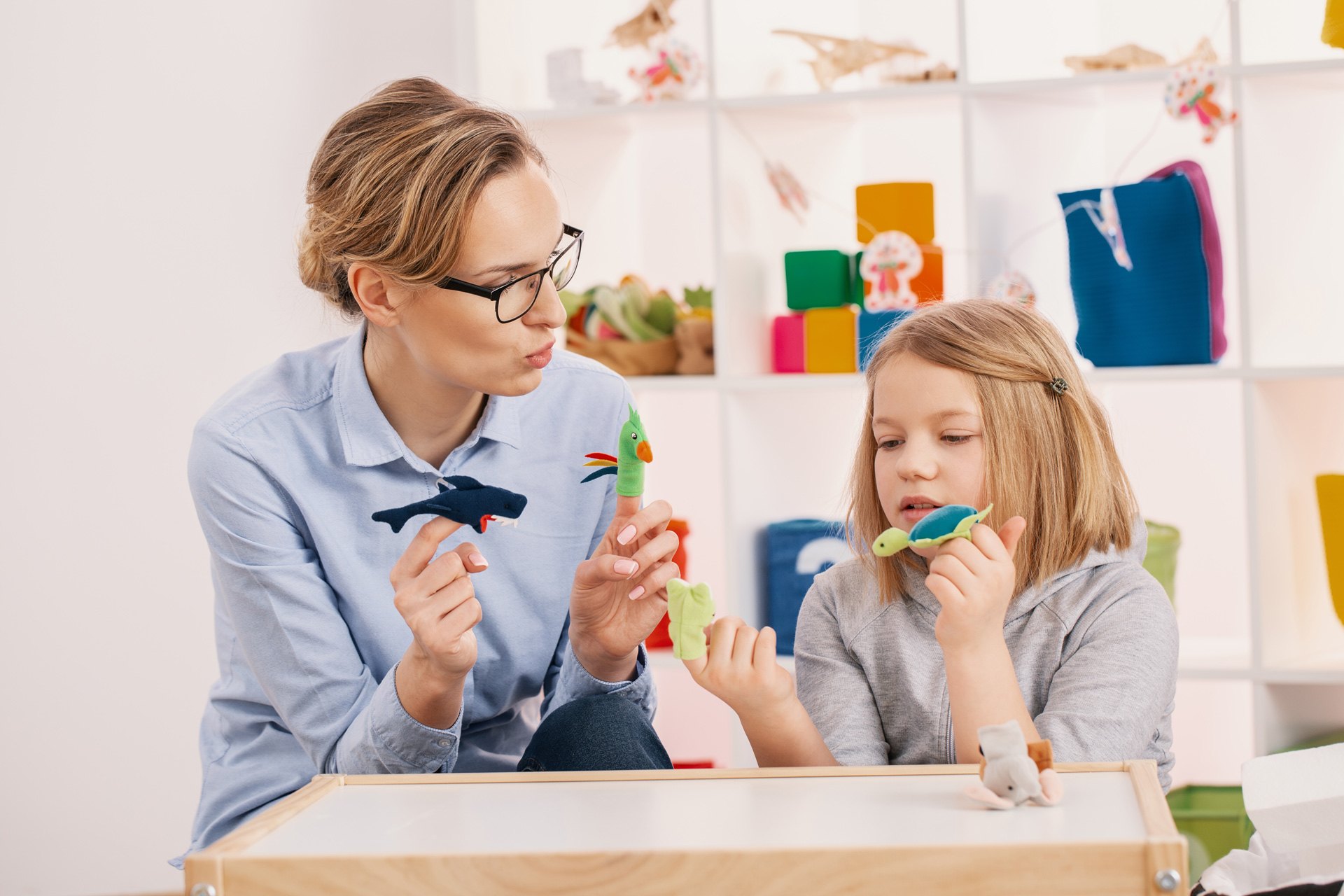The Role of Child Therapy in Promoting Mental and Emotional Growth
As children grow and face the complexities of life, they often encounter challenges that can impact their emotional and mental well-being. Whether it’s navigating school pressures, adjusting to family changes, or processing traumatic events, child therapy offers crucial support. In this article, we’ll explore how child therapy helps young individuals overcome obstacles, the various approaches used, and the importance of early intervention for long-term mental health.
What is Child Therapy?
Child therapy is a specialized form of psychotherapy designed to address the emotional, behavioral, and psychological challenges children face. Unlike traditional therapy, child therapy adapts to the developmental stage of the child, utilizing play, creative activities, and other age-appropriate techniques to help them express their feelings and work through their difficulties.
Children often lack the vocabulary or ability to articulate complex emotions, which is why child therapy involves more interactive and hands-on techniques such as art therapy, play therapy, and talk therapy tailored to younger clients.
Why Child Therapy is Essential for Emotional Health
1. Emotional Expression and Coping Skills
Children may struggle to communicate their emotions, particularly when dealing with anxiety, sadness, or anger. Child therapy provides a safe, supportive space where kids can explore and express their feelings. By doing so, they develop better coping strategies to handle emotional stress in a healthy way.
2. Addressing Behavioral Challenges
Behavioral problems like aggression, defiance, or withdrawal can often signal underlying emotional struggles. Through child therapy, therapists work with children to identify the root causes of these behaviors and offer strategies to help them manage their emotions and reactions more effectively.
3. Early Intervention for Long-Term Mental Health
The earlier emotional challenges are addressed, the better the outcomes for a child’s mental health. Early intervention through child therapy can help children develop strong emotional foundations, preventing the escalation of issues as they grow older.
4. Enhancing Social Skills and Confidence
Therapy also works on building a child’s self-esteem and social skills, essential for interacting with peers, teachers, and family members. As children gain confidence in expressing themselves and handling emotions, they are better equipped to form healthy relationships.
Common Issues Addressed in Child Therapy
1. Anxiety and Stress
Children can experience anxiety over school performance, social pressures, or family issues. Child therapy helps children recognize the sources of their anxiety and provides tools to reduce stress, such as relaxation techniques or cognitive reframing.
2. Depression
Depression isn’t just for adults. Children can also experience feelings of hopelessness, irritability, and withdrawal from friends or activities they once enjoyed. Child therapy focuses on helping children understand their feelings and develop strategies to overcome the emotional lows associated with depression.
3. Trauma and Grief
Children who experience traumatic events or loss may struggle to understand and process these experiences. Child therapy offers a safe environment for children to explore their feelings of grief, trauma, or loss and learn how to heal emotionally.
4. Family Dynamics and Conflict
Changes in family structure, such as divorce, the death of a family member, or moving homes, can create emotional turmoil for children. Therapy helps children process these changes and adjust to new family dynamics, fostering emotional resilience.
Popular Approaches to Child Therapy
1. Play Therapy
Play therapy is one of the most common and effective forms of child therapy. Through play, children are able to express emotions and work through issues in a way that feels natural to them. Toys, games, and art are used as tools for emotional exploration and healing.
2. Cognitive Behavioral Therapy (CBT)
CBT focuses on helping children identify and change negative thought patterns. For example, a child with anxiety may learn to challenge irrational fears and replace them with more positive, realistic thoughts. This technique is particularly effective for children dealing with anxiety or depression.
3. Art Therapy
Art therapy uses creative expression to help children process and communicate their feelings. Drawing, painting, or sculpting can provide an alternative outlet for children who have difficulty using words to explain their emotions.
4. Family Therapy
In some cases, involving the family in therapy can help resolve conflict and improve communication within the home. Family therapy can be particularly helpful when a child is struggling with family-related stress, such as a divorce or the birth of a sibling.
How to Know if Your Child Needs Therapy
1. Sudden Behavioral Changes
If your child is suddenly exhibiting signs of aggression, withdrawal, or acting out in unusual ways, this could indicate an underlying emotional issue. Child therapy can provide the support needed to address these behavioral concerns.
2. Difficulty Managing Emotions
If your child struggles to manage their emotions, such as frequent temper tantrums, crying episodes, or anxiety, therapy can help them develop better coping mechanisms and emotional regulation skills.
3. Social Challenges
Children who find it difficult to make friends, experience bullying, or feel isolated might benefit from child therapy to build their confidence and social skills.
4. Academic Struggles
Sometimes emotional difficulties manifest in academic performance. If your child’s grades are slipping, or they seem overwhelmed by schoolwork, it may be helpful to explore therapy to address underlying stress or anxiety.
How to Support Your Child During Therapy
1. Foster an Open and Supportive Environment
Encourage open communication with your child about their therapy sessions. Let them know that therapy is a safe space for them to express their feelings and that seeking help is a positive step.
2. Be Patient and Understanding
Therapy is a gradual process, and progress can take time. Be patient and continue to provide support and encouragement to your child as they work through their challenges.
3. Collaborate with the Therapist
Stay in communication with your child’s therapist to better understand how you can support your child at home. Therapists often provide guidance on specific activities or strategies to reinforce progress between sessions.
Conclusion
Child therapy is an essential tool for helping young individuals navigate the emotional and behavioral challenges that come with growing up. By addressing issues like anxiety, depression, trauma, and family changes, therapy empowers children to develop the skills and emotional resilience they need to thrive. If you believe your child could benefit from therapy, consider reaching out to a licensed therapist who specializes in working with children to begin their healing journey.





